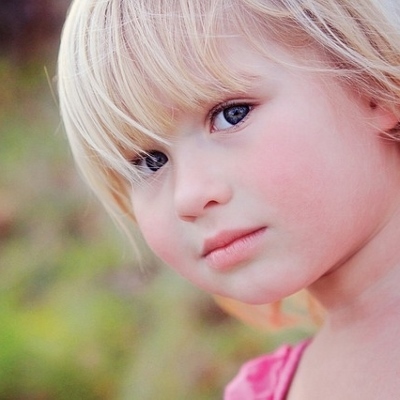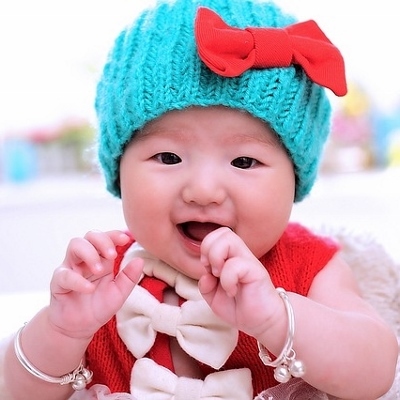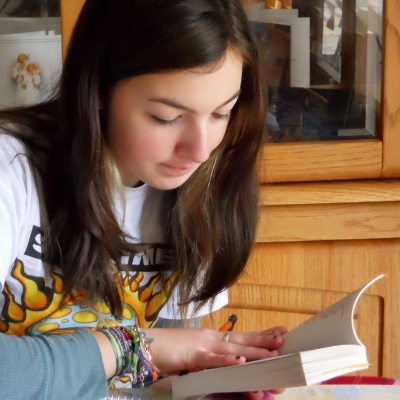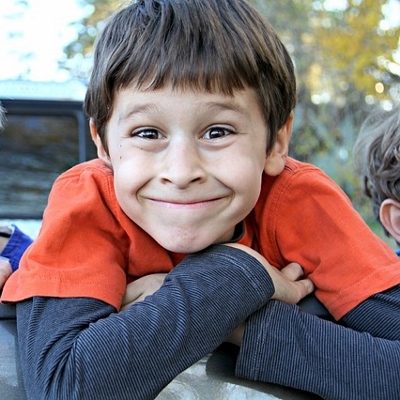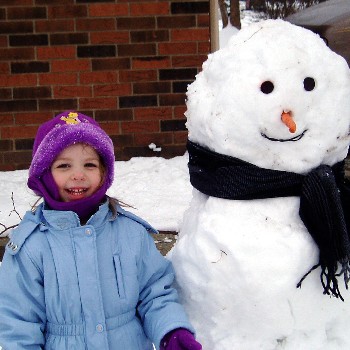 Since 1980, the number of obese children in the United States has tripled. To better understand this statistic from the Centers for Disease Control and Prevention (CDC), look at it this way — over 12 million children in the U.S. carry the burden of unwanted pounds. As a parent or guardian, one must step up to the challenge of helping an overweight youth become healthier. During the winter, several fun activities can help an elementary age child burn calories. Check out the snow and ice exercise opportunities listed below.
Since 1980, the number of obese children in the United States has tripled. To better understand this statistic from the Centers for Disease Control and Prevention (CDC), look at it this way — over 12 million children in the U.S. carry the burden of unwanted pounds. As a parent or guardian, one must step up to the challenge of helping an overweight youth become healthier. During the winter, several fun activities can help an elementary age child burn calories. Check out the snow and ice exercise opportunities listed below.
Snow Activities
As the snowflakes begin to fall, the number of inviting outside activities begins to rise. For instance, sledding down a hill can be invigorating, while the walk back up the hill really gets the heart pumping. Even if one can’t afford a fancy sled, flat cardboard will substitute nicely. Most cities have public sledding areas, including at schools and golf courses.
Another activity that can build up a sweat — a good, old-fashioned snowball fight. Take the time to build one or two foot snow walls for protection, then stockpile at least 20 snowballs behind both walls. When each side is ready, begin whipping the snowballs at each other. (No ice balls, though!)
Even a hike can be extra fun in the winter. Bundle up and walk through a forest or even on a corn field, exploring along the way. This will help a child to burn excess calories while teaching them what happens to plants and animals during the coldest months of the year.
Finally, take the time to build a snowman, complete with scarf, carrot nose, and stick arms. Teach a child how to roll small snowballs until they are the size of a snowman base. It’s awesome to help a child to understand the concept of stacking to form the snowman’s body.
Ice Activities
Ice skating is a wonderful winter sport. Not only does it burn calories, it builds ankle and leg strength. Many local municipalities offer public ice skating rinks; however, do not attempt to ice skate on creeks or other water sources (lakes, rivers) that have not been posted as safe. Young children who have not skated previously will need a hand to hold, but pretty soon, he or she should be steady enough to venture around the ice on his or her own.
Ice gliding while in boots can be done if one does not own ice skates. (Again, make sure to choose only safe areas). Take along two brooms and a tennis ball, and play a rousing game of pretend hockey. Doing this in plowed fields can be especially fun — just make sure to obtain the farmer’s permission first.
Tips on Cold Weather Exercise
If a child hasn’t had much practice playing outside in the winter, take the time to teach him or her how to properly bundle up. A hat, scarf, mittens, jacket, snow pants, and boots should be worn. If it is especially cold outside, add long underwear and plenty of layers. And always take tissues along for runny noses!







